Some old houses with yin-yang tiled roofs. |
Old Quarter Anecdotes
Dong Van is transliterated from the Quan Hoa language "Tong Puon", meaning trading field. Historically, this was the trading center of the entire large Dong Van district (old). The central area of Dong Van town used to belong to Dong Quan commune, Nguyen Binh district, Tuong Yen prefecture, Ha Tuyen province. Later, it was separated and merged into Bao Lac district, managed by a Tay mandarin named Nong in Bao Lac. When the French colonialists occupied, they separated Dong Van from Bao Lac. In 1887, the Dong Van area was occupied by the French colonialists and for the convenience of governing, they divided Dong Van into small districts, each headed by a local tyrant family. The Dong Van area at that time was managed by a local tyrant named Nguyen Chan Quay. Previously, the Old Quarter was just a wild valley with a sparse population.
Dong Van ancient town was formed over many years, from the end of the 19th century to the first half of the 20th century. After the French colonialists completed their invasion of Ha Giang , they realized that Dong Van had an important location, near the Vietnam-China border, so they chose this place to build headquarters, forts, markets, and houses to serve the work of governing this land. They hired workers from Sichuan (China) to build. With experience and high skills, they used skillful stone carving techniques, turning green rocks in the Dong Van Stone Plateau into giant stone bricks to build Dong Van market; creating column bases with many shapes and sizes and decorating them with sophisticated patterns and many different motifs, making the construction both ancient and soft.
The ancient houses located close together on the cliffs add to the ancient look. Photo by Contributor |
Dong Van Old Quarter bears the traditional architectural imprint of the local residents combined with the architectural style of the South China people (China). The architecture and colors of the houses in the old quarter are characterized by low 2-storey houses including the attic and ground floors with the main gray tone, the popular house has 3 rooms. The foundation and floor are made of green stone and rammed earth; the 2nd floor floor is made of wood, about 2.2m from the ground; earthen walls - a type of wall that is manually built with clay and compacted flat and sturdy, there are also some houses built with brick walls; the house frame includes rafters, columns made of ironwood or pine, without mortise and tenon, elaborately carved. The house has two roofs, under the roof there are two rows of round columns, two crossbeams, two rafters, the roof is covered with yin-yang tiles - a type of tile typical of houses in the northern border region. Particularly in the Dong Van market area, there are many old houses with tube-shaped architecture to take advantage of the facade like Hanoi's old quarter. The ancient houses in Dong Van Ancient Town are built, decorated and arranged similarly, the middle room is the important room used to place the altar, the entrance is also the place to receive guests, behind the altar of the middle room and the two rooms on the side are bedrooms, the middle room behind the altar is the room of the elderly in the family, the two sides are the rooms of the children and grandchildren, if the house is large, there can be a separate kitchen or stairs to the second floor depending on the layout of each family. Currently, Dong Van Ancient Town still has a few houses that are over 100 years old and currently preserves about 30 to 40 houses located close together under the rocky cliffs.
During the Lunar New Year of 1923, a major fire broke out in the Dong Van Old Quarter, burning down almost all the houses and shops. The French colonialists who occupied the area at that time re-planned and sent some Tay and Mong people to hire workers from China to design and build the current market area. The old market consists of 15 market houses, divided into 3 symmetrical rows forming a U-shaped architecture. In addition to buying and selling, exchanging goods, the market is also a place for entertainment, meeting, cultural exchange, expressing feelings, and enjoying the typical cuisine of the Mong people.
Cultural and artistic activities at Dong Van Old Quarter yard on weekend evenings. |
Preserving the culture of the Old Quarter on the Stone Plateau
Coming to the Stone Plateau to visit Dong Van Ancient Town, you can see all the beauty of this place. The ancient town is gently beautiful in the early morning with the color of sunlight in a magical quiet space, bringing fresh, pleasant air in the high mountains. When the afternoon comes, the sunset falls, this place is gently beautiful and romantic. The evening is the time when Dong Van ancient town is most brilliant thanks to the red lanterns that stand out in the yard. The cultural performances and games have brought a bustling, crowded space to the ancient town.
Coming to Dong Van Ancient Town, visit the highland market to immerse yourself in the local culture. The market is the place that most clearly shows the cultural identity of the people here. This is not only a place for trading but also a place for young men and women to meet and is truly a festival for ethnic minorities in the border area. On Sundays when the market is held, a noisy, bustling and bustling atmosphere, young men and women dressed in colorful brocade dresses go to the market. They can travel half a day to get to the market, some people go to the market to buy and sell products. Wives and mothers go to the market to shop, husbands go to the market to socialize, drink wine, eat thang co, and young men and women go to the market to socialize and find partners. These are strong expressions of the cultural identity of the market in the Stone Plateau.
A corner of Dong Van Old Quarter at night. |
Cuisine has long been famous every time the market takes place. Street stalls have all kinds of specialties for locals and tourists to enjoy. Especially on weekends or festival seasons, there will be many other typical delicious dishes such as corn wine, thang co, Dong Van bone broth rolls, au tau porridge, five-color sticky rice, buckwheat cakes, bamboo tube sticky rice, smoked buffalo meat... In the evenings, especially on weekends, on the grounds of Dong Van Ancient Town, many cultural and artistic activities take place to introduce and promote the unique culture of the Stone Plateau to international and domestic tourists and local people.
With its ancient features that have existed over time with unique historical, cultural and architectural values, in 2009, Dong Van Ancient Town was ranked as a National Architectural and Artistic Relic by the Ministry of Culture, Sports and Tourism.
H.Anh (Synthesis)
Source: https://baotuyenquang.com.vn/van-hoa/du-lich/202508/giu-net-van-hoa-pho-co-tren-cao-nguyen-da-ac64bd5/


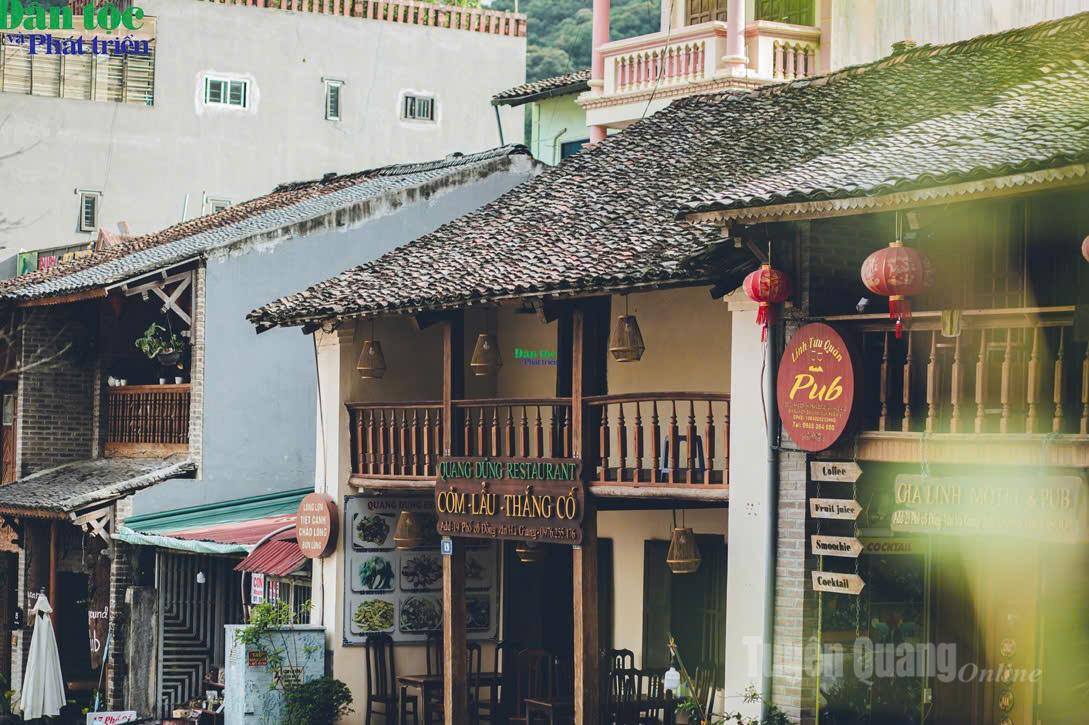
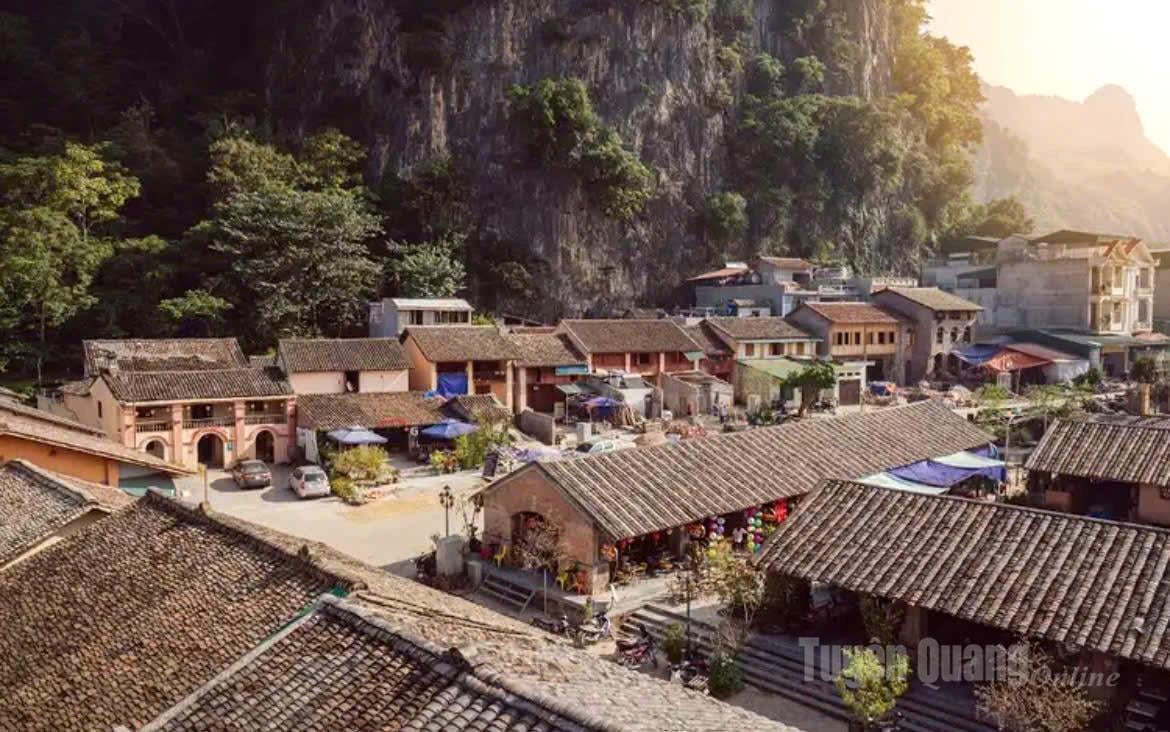
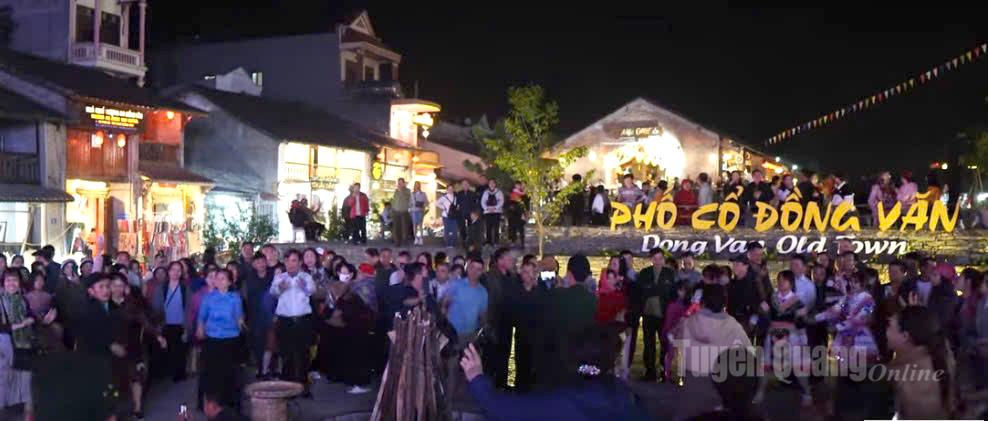
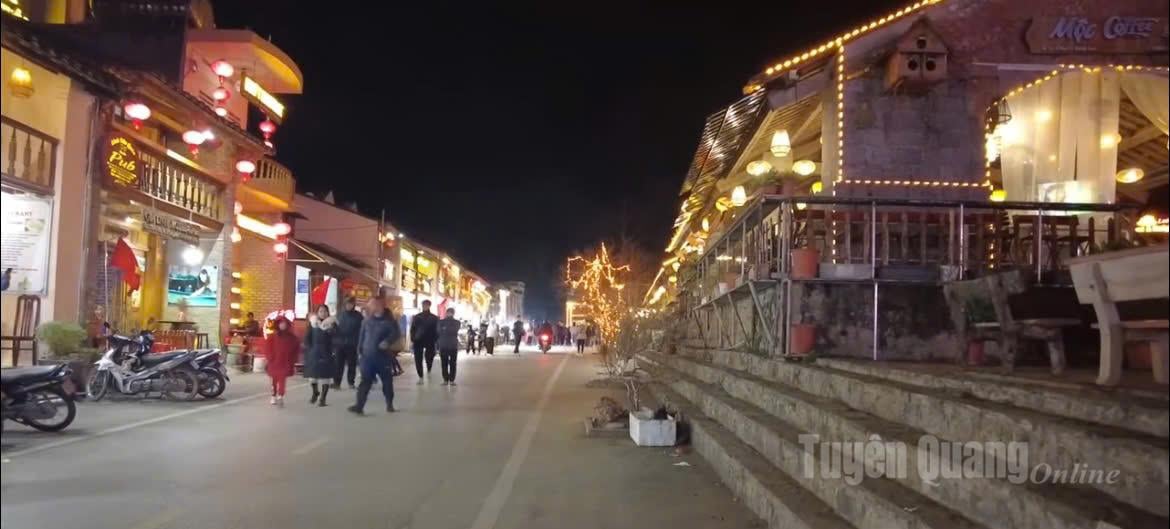


![[Photo] Parade to celebrate the 50th anniversary of Laos' National Day](/_next/image?url=https%3A%2F%2Fvphoto.vietnam.vn%2Fthumb%2F1200x675%2Fvietnam%2Fresource%2FIMAGE%2F2025%2F12%2F02%2F1764691918289_ndo_br_0-jpg.webp&w=3840&q=75)

![[Photo] Worshiping the Tuyet Son statue - a nearly 400-year-old treasure at Keo Pagoda](/_next/image?url=https%3A%2F%2Fvphoto.vietnam.vn%2Fthumb%2F1200x675%2Fvietnam%2Fresource%2FIMAGE%2F2025%2F12%2F02%2F1764679323086_ndo_br_tempimageomw0hi-4884-jpg.webp&w=3840&q=75)



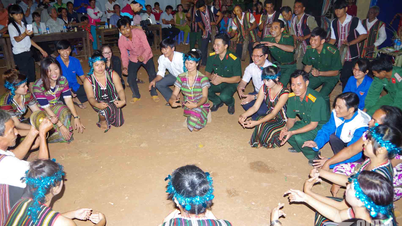

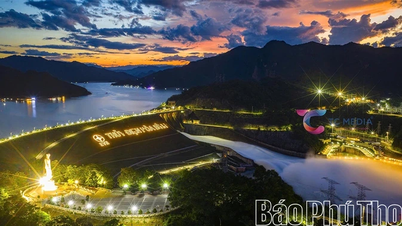

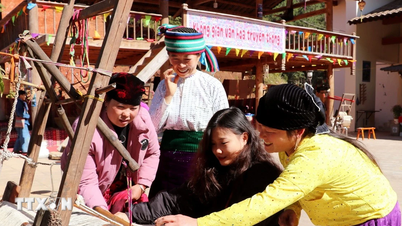

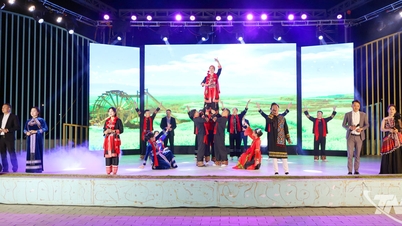







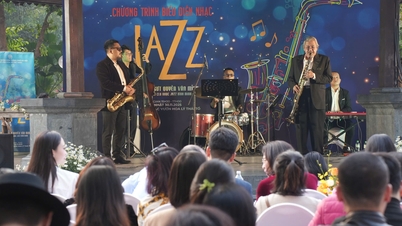

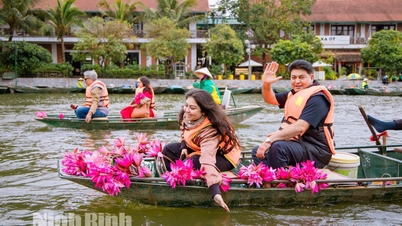

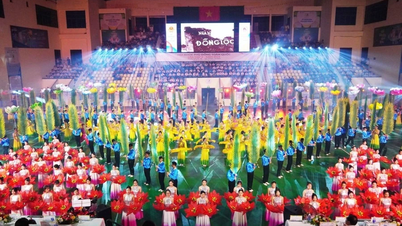
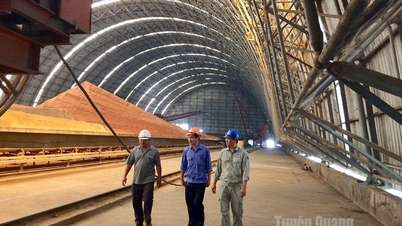




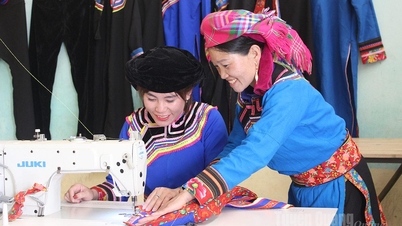
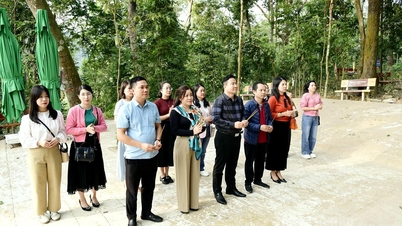

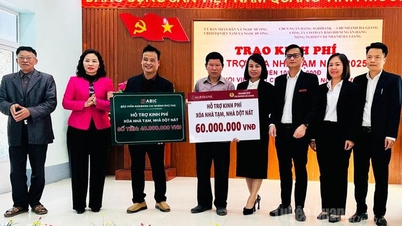


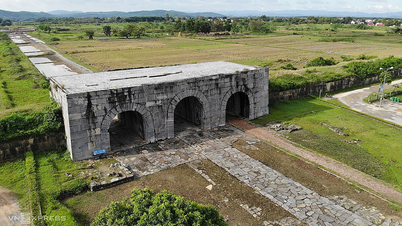





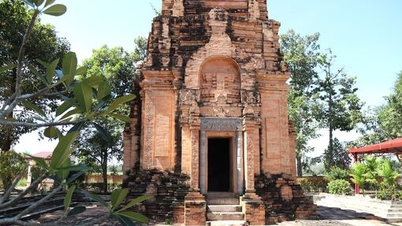

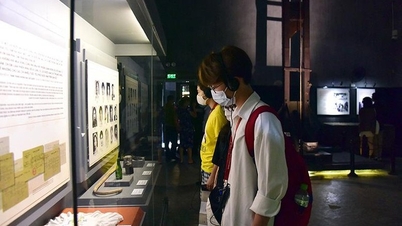
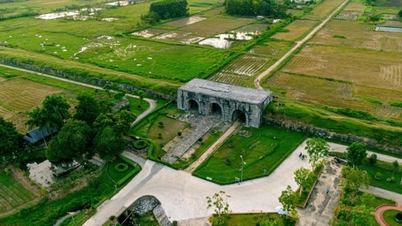



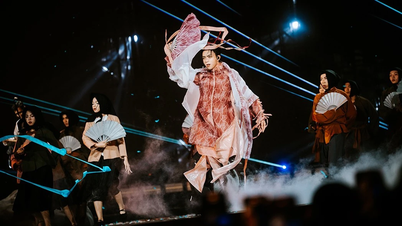









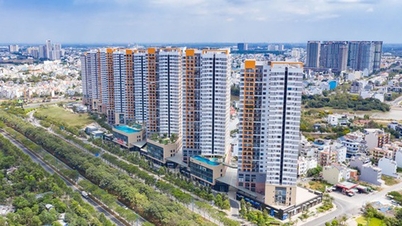




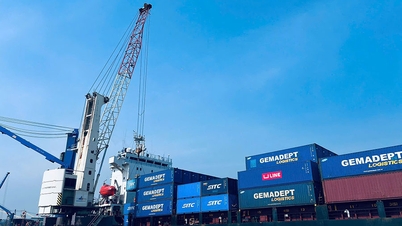







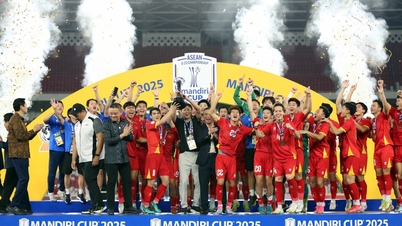
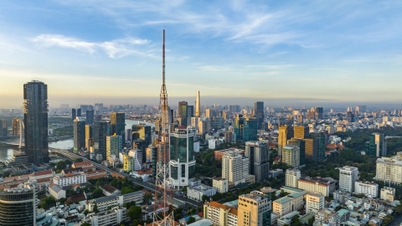






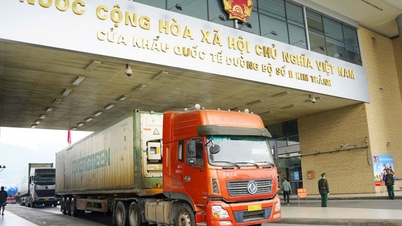





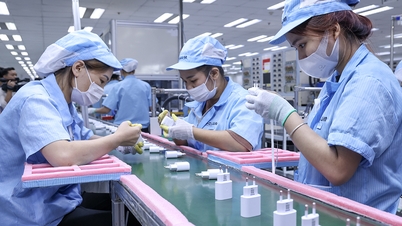
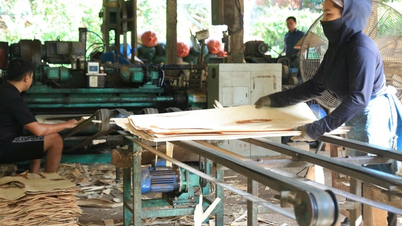

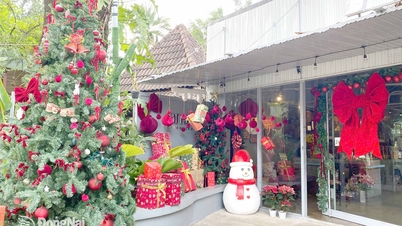

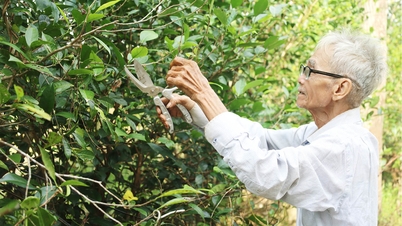

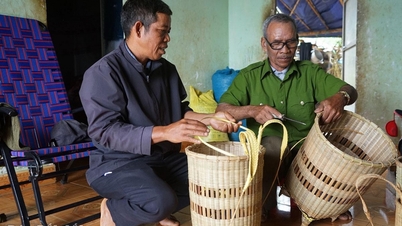


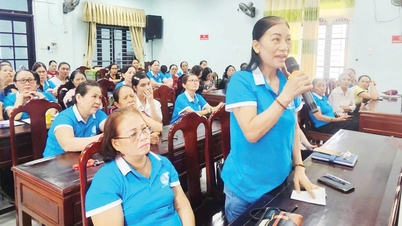












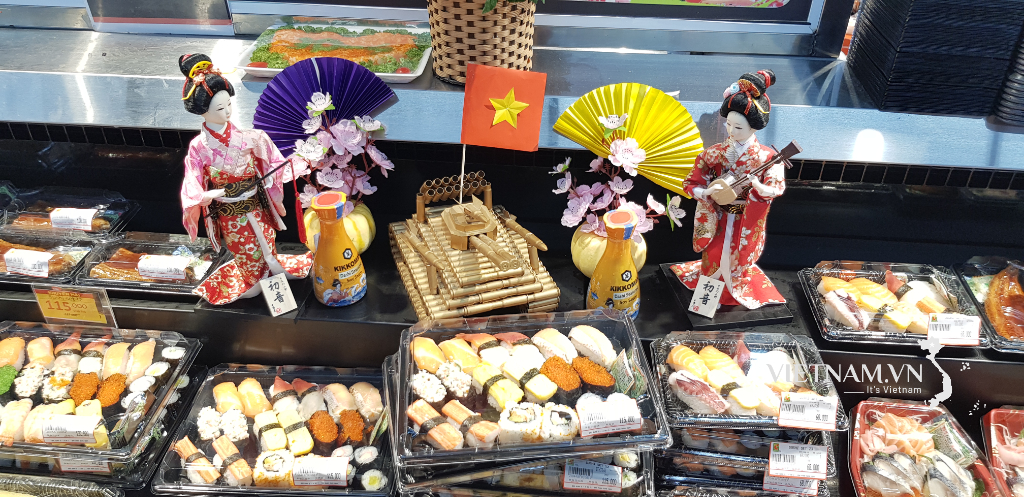
Comment (0)